| |
|
|
Botanical Name |
: |
Ficus benghalensis L. |
English
Name |
: |
Banyan Tree |
Synonym(s) |
: |
Ficus banyana Oken, Urostigma bengalensis (L.) Gasp., Ficus cotonaefolia Vahl., Ficus indica L. |
Family |
: |
Moraceae |
| |
General Info
| Description |
 |
|
It is a large evergreen tree upto 30m in height and extending laterally by sending down aerial roots. Aerial roots are many and sometimes develop into accessory trunks and assist the lateral spread of the tree indefinitely. The bark is light grey-white, smooth and about 1.25 cm in thickness. Leaves are coriaceous, ovate-elliptic with subcordate or rounded base. Male flowers are many near the mouth of the receptacel: sepals 4; gall flowers: perianth as in male and fertile flowers: perianth shorter than in male, style elongate; male and female flowers are in same receptacle. Fruits are sessile in pairs, puberulous, sub-globose, 1.3 to 2.0 cm across and red when ripe. |
| Herb Effects |
 |
|
The seeds are used as cooling and tonic, antidiarrheal, astringent and hypoglycemic (bark); reduces fever (seed); stops bodily secretions and hemostatic (bark and leaf buds); emollient, demulcent and alleviates pain (fruit). |
Chemistry
| Active Ingredients |
 |
|
Leucoanthocyanin and leucoanthocyanidin (bark); friedelin, rutin, ficusin and bergaptene (leaf); beta-sitosterol (leaf and stem bark). |
| Chemistry
of Active Ingredients |
 |
|
|
 |
Name |
CAS# |
IUPAC Name |
Formula |
Structure |
 |
|
| Friedelin |
559-74-0 |
4,4a,6a,6b,8a,11,11,
14a-octamethyl-2,4,5
,6,6a,7,8,9,10,12,12
a,13,14,14
b-tetrad
ecahydro-1H-picen-3-
one |
C30H50O |
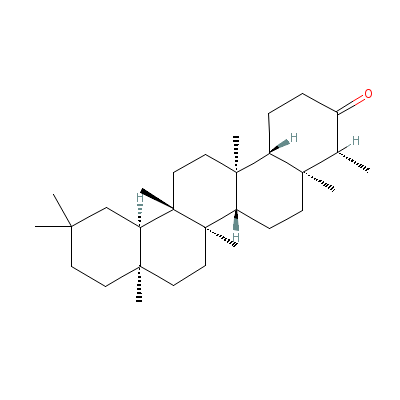
|
| Rutin |
Not Available |
2-(3,4-dihydroxyphen
yl)-4,5-dihydroxy-3-
[3,4,5-trihydroxy-6-
[(3,4,5-tr
ihydroxy
-6-methyl-tetrahydro
pyran-2-yl)oxymethyl
]tetrahydropyran-2-y
l]
oxy-chromen-7-on
e trihydrate |
C27H36O19 |
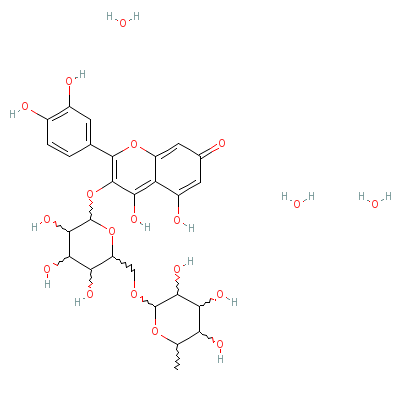
|
| Ficusin |
66-97-7 |
Not Available |
C11H6O3 |
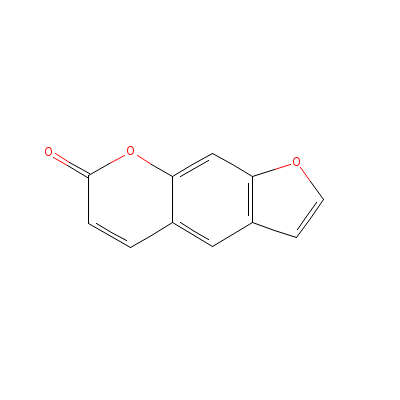
|
| Bergaptene |
484-20-8 |
Not Available |
C12H8O4 |
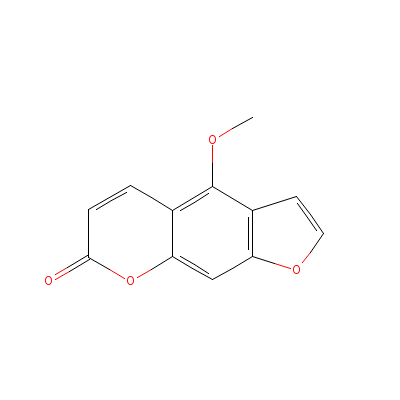
|
| beta-Sitosterol |
5779-62-4 |
17-(5-ethyl-6-methyl
-heptan-2-yl)-10,13-
dimethyl-2,3,4,7,8,9
,11,12,14,
15,16,17
-dodecahydro-1H-cycl
openta[a]phenanthren
-3-ol |
C29H50O |
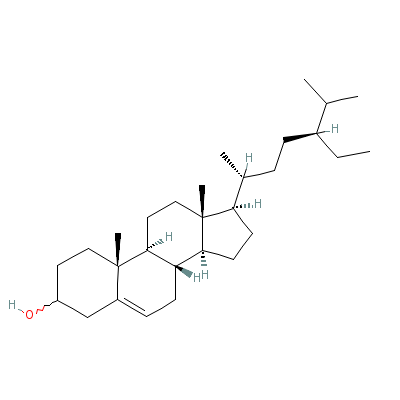
|
|
Pharmacology
| Medicinal Use |
 |
|
For lumbago, rheumatism, external pains, sores and ulcers, soles of the feet when cracked or inflamed and toothache (latex); in diarrhea and dysentery (bark and young bud infusion); as a poultice in abscesses (heated leaves); in diabetes (bark); as a tonic (bark and seed); in vomiting, to scalp to grow hair long (paste) and for menorrhagia (root); in gonorrhoea (root-fibres); is good tonic, effective in diabetes, dysentery, gonorrhoea and in seminal weakness (infusion of bark). |
| Contraindication |
 |
|
Banyan is believed to be safe. |
| Reference |
 |
|
 Chandel et al., Biodiversity in Medicinal and Aromatic Plants in India. Chandel et al., Biodiversity in Medicinal and Aromatic Plants in India.
The Himalaya Drug Company.
Uniyal et al., Medicinal Flora of Garhwal Himalayas.
Sharma, Classical Uses of Medicinal Plants.
Grieve M. A Modern Herbal (1931) (www.botanical.com). |
Dealers
Products
|
|